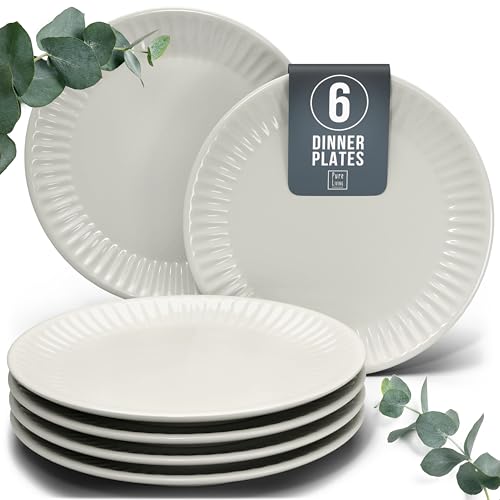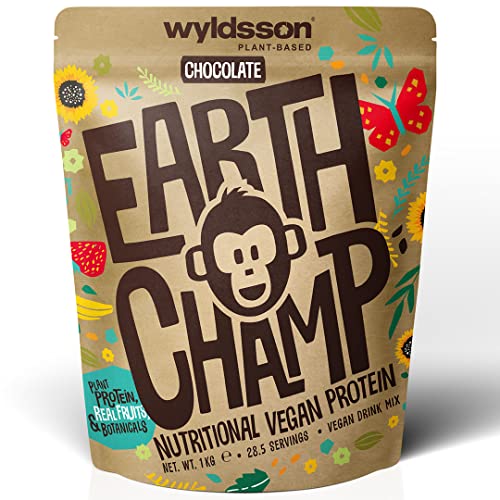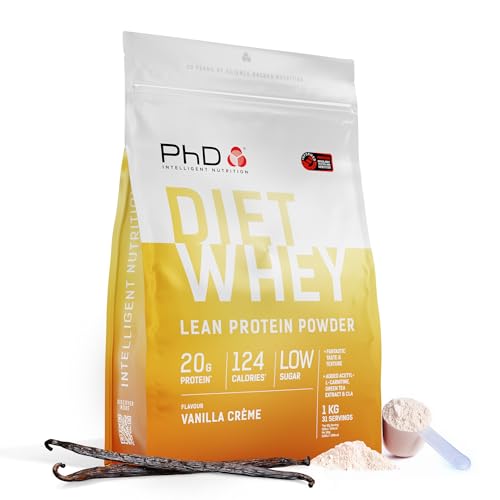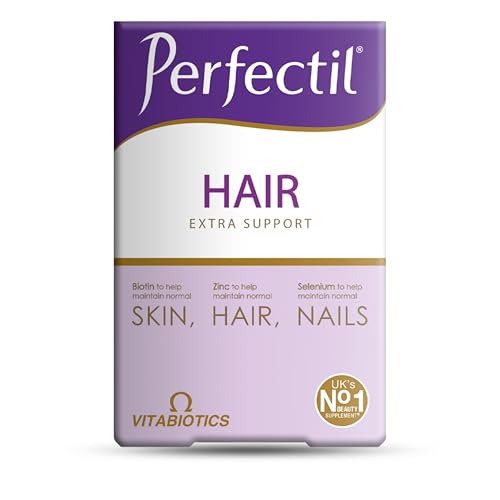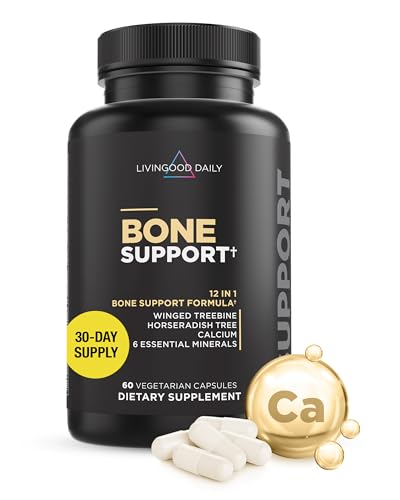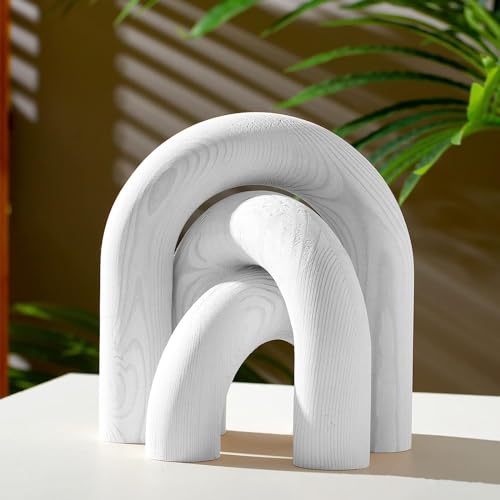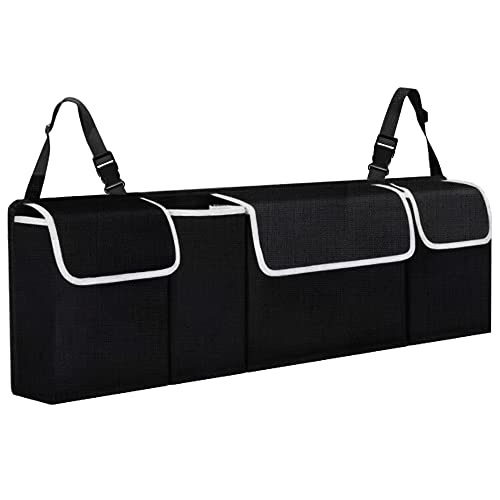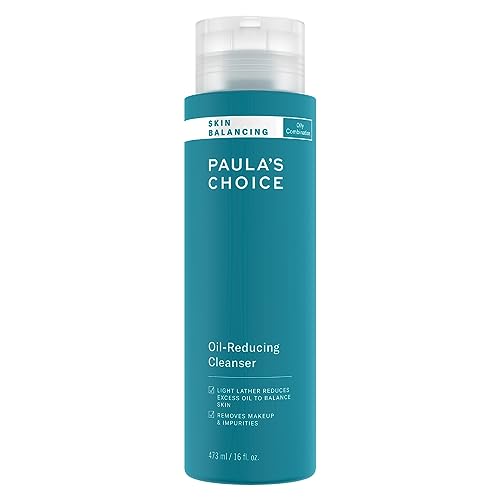Understanding the Importance of Vitamins and Supplements
Vitamins and supplements play a crucial role in maintaining overall health and well-being. Essential nutrients are required by the body to perform a variety of functions, including those that promote healthy hair, skin, and bones. A balanced intake of vitamins is necessary for optimal physiological functioning, as deficiencies can lead to significant health issues.
One of the most apparent consequences of inadequate vitamin intake is hair loss. Certain vitamins, such as biotin, are recognized for their role in promoting hair growth and preventing thinning. Deficiencies in essential nutrients can result in brittle hair and hair loss, which not only affects physical appearance but can also impact one’s self-esteem. Therefore, ensuring an adequate intake of these vital nutrients is important for hair vitality.
In addition to hair health, the state of one’s skin significantly reflects nutritional intake. Vitamins A, C, and E are well-known for their antioxidant properties, assisting in skin repair and regeneration. When the body lacks these essential nutrients, individuals may experience issues like dryness, accelerated aging, and an overall lackluster appearance. A consistent regimen of vitamins can enhance skin health, contributing to a radiant, youthful complexion.
Bone strength is another critical area influenced by vitamin consumption. Vitamins D and K, alongside calcium, are integral for maintaining bone density and preventing conditions such as osteoporosis. Deficiencies can lead to weakened bones, increasing the risk of fractures and other complications, particularly in older adults.
Incorporating a well-rounded selection of vitamins and supplements into one’s daily routine can help safeguard against potential deficiencies, supporting optimal health outcomes for hair, skin, and bone integrity. A proactive approach toward nutrition is beneficial for long-term wellness.
Essential Vitamins and Minerals for Hair Health
Maintaining healthy hair is crucial for overall personal grooming and confidence. A balanced diet rich in essential vitamins and minerals can significantly support hair health. One vital nutrient is Biotin, a B-vitamin that aids in the production of keratin, a protein vital for hair structure. Biotin deficiency can lead to thinning hair and brittle strands. Adult men and women should aim for a daily intake of about 30 micrograms of Biotin, found in foods like eggs, nuts, and avocados.
Another significant vitamin for hair health is Vitamin E. This antioxidant helps to prevent oxidative stress, promoting healthy blood circulation to the scalp. Enhanced circulation delivers nutrients to hair follicles, which may assist in hair growth and health. The recommended daily intake for Vitamin E stands at 15 milligrams, achievable through nuts, seeds, and green leafy vegetables.
Vitamin A also plays a crucial role, as it helps to produce sebum, an oily substance that keeps hair moisturized. Insufficient levels of Vitamin A can lead to dryness and hair loss. Adults should strive for 700 to 900 micrograms of Vitamin A daily, attainable from foods such as carrots, sweet potatoes, and spinach.
Additionally, Vitamin C contributes to hair health by facilitating collagen production, which is essential for maintaining hair structure. It also aids in the absorption of iron, another crucial mineral for hair growth. A daily intake of 75 to 90 milligrams of Vitamin C can be derived from citrus fruits, berries, and bell peppers.
Lastly, Iron is an essential mineral for hair health as it plays a key role in oxygen transport to hair follicles. Iron deficiency can lead to hair loss or thinning. The recommended daily intake varies, but adult men should target around 8 milligrams, while women require approximately 18 milligrams, sourced from meats, lentils, and spinach.
Nutrients For Radiant Skin
Healthy skin is often a reflection of our overall well-being, and incorporating specific vitamins and supplements into our daily routine can greatly enhance its appearance. Among these, Vitamin C is one of the most indispensable nutrients for maintaining skin vitality. It plays a crucial role in collagen synthesis, which is essential for skin structure and elasticity. Furthermore, Vitamin C acts as a potent antioxidant, protecting the skin from oxidative stress caused by environmental factors such as pollution and UV rays. Natural sources of Vitamin C include citrus fruits, strawberries, bell peppers, and broccoli. However, for those who struggle to meet their daily intake, supplements are readily available and can provide an effective alternative.
Another essential nutrient for skin health is Vitamin D, often referred to as the “sunshine vitamin.” Our bodies synthesize Vitamin D when exposed to sunlight, but many people experience deficiency, especially in the winter months. Vitamin D supports skin cell growth, repair, and metabolism, enhancing skin barrier function. It has also been linked to various skin conditions, including psoriasis. Dietary sources of Vitamin D include fatty fish, fortified dairy products, and egg yolks, but supplementation may be necessary for individuals with limited sun exposure.
Lastly, Omega-3 fatty acids are crucial for maintaining skin hydration and elasticity. These healthy fats play a significant role in managing the skin’s lipid barrier, which helps retain moisture and keeps the skin plump. They also possess anti-inflammatory properties that can alleviate skin redness and irritation, making them particularly beneficial for individuals with acne or rosacea. Incorporating Omega-3s into the diet can be achieved through fatty fish such as salmon and mackerel, flaxseeds, and walnuts, or by using high-quality fish oil supplements. By integrating these vital nutrients into your diet, you can promote radiant, healthy skin.
Building Strong Bones: The Crucial Nutrients Required
Maintaining strong bones is essential for overall health, especially as individuals age. Adequate intake of specific vitamins and minerals is crucial in promoting bone density and preventing conditions such as osteoporosis. The primary nutrients that support bone health include Calcium, Vitamin D, and Magnesium.
Calcium is perhaps the most well-known nutrient when it comes to bone strength. It is the main component of bone tissue, accounting for about 99% of the body’s calcium stores. To ensure sufficient calcium intake, individuals can incorporate dairy products such as milk, cheese, and yogurt into their diets. For those who are lactose intolerant or prefer plant-based options, leafy green vegetables like kale and fortified plant milks serve as excellent alternatives. Supplements are also available for those who struggle to meet their daily calcium requirements through food alone.
Vitamin D plays an equally vital role, as it aids in the body’s absorption of calcium from the diet. Without adequate Vitamin D, the bones may become weak and frail. Natural sources of Vitamin D include fatty fish, such as salmon and mackerel, as well as egg yolks. However, sunlight exposure is one of the most effective ways to boost Vitamin D levels, as the skin synthesizes this vitamin when exposed to UV rays. In cases where dietary intake and sunlight exposure are insufficient, Vitamin D supplements can help maintain optimal levels.
Lastly, Magnesium is another crucial mineral involved in bone health, as it helps convert Vitamin D into its active form and supports calcium metabolism. Foods rich in magnesium include nuts, seeds, whole grains, and legumes. Individuals may find that incorporating a variety of these foods into their diet can significantly enhance their overall nutrient intake.
In conclusion, a well-rounded approach that includes Calcium, Vitamin D, and Magnesium—through both dietary sources and supplements—can help build and maintain strong bones. By being mindful of these essential nutrients, individuals can take proactive steps towards achieving optimal skeletal health.






































